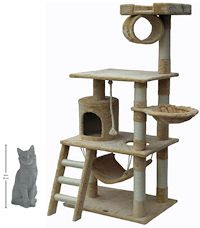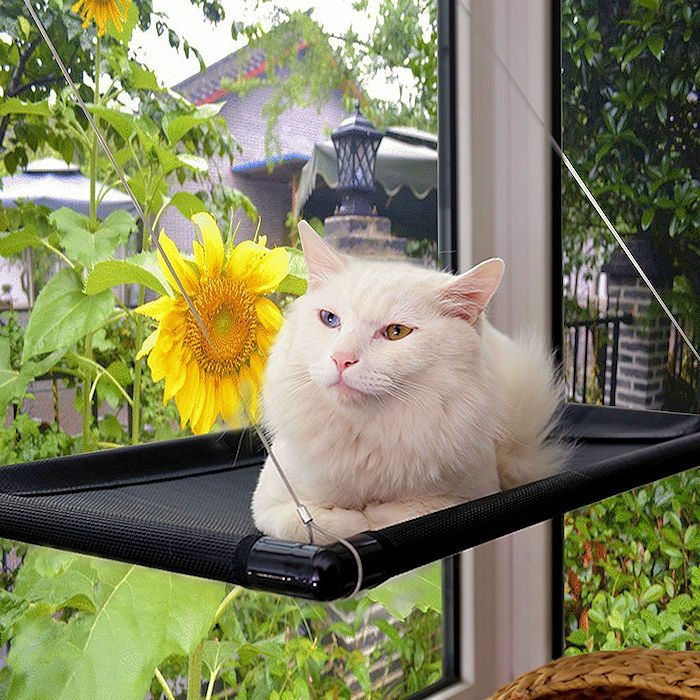
Marbled Cat Photo by R. Pandit from http://www.catsg.org/index.php?id=122
There are so many species of exotic cats out there, and surprisingly we probably have not sighted them all yet. The Marbled Cat is an exotic and rare cat and anyone who is able to see them is rather lucky as they are not often seen. They are another mysterious member in the exotic cat family. The Marbled Cat can be found in Southeast Asia, and are a smaller than average breed of exotic cat compared to the others one out there with a lifespan of about 12 years. Because of their rarity, they are actually classified as an endangered species.
The Marbled Cat is a hard sight to see, but you can start at Southeast Asia where they inhabit. According to Central Pets, they are sometimes seen as far south as Sumatra and Borneo; however, sightings are rather infrequent, and thus, the exact numbers in their populations are unknown. All we know is that they are an endangered species of exotic cat which we really need to work to help protect. Because sightings are infrequent, and that there are not many around, there are not many studies of them at all.
For those who have seen the Marbled Cat, they will generally describe them as large house-hold pet cats resembling the Clouded Leopard; however, they have softer patterns on their coat than the Clouded Leopard. Also, they have more spotting on their legs. They definitely are rather large. Mature individuals in this specie can measure up to 60 centimeters long! However, while they may be quite large, they are not actually heavy and will weigh only about eight pounds or so. The Marbled Cat is known for their beautiful coat which is a brownish-gray color generally although it can range to a striking yellow. One of their main distinctive traits is that their tails are long and bushy, and they can sometimes be as long as them in length!

Photo by S. Kennerknecht from http://www.catsg.org/index.php?id=122
There is not much known about the diet or the hunting abilities of the Marbled Cat; however, we do know that they feed on reptiles, squirrels, birds and bird eggs. They will spend most of their time in the trees, and will even make their home in the forested areas; sometimes, high up in the trees. They have been known to hunt on the ground, and in the trees depending on their diet and what they are looking to achieve.
Each litter that they have usually will have one to seven kittens although four seems to be the average for them. The Marbled Cat will actually be pregnant for 81 days before the finally go into labor.
From Cat Specialist Group Website: http://www.catsg.org/index.php?id=122
The ecology and behaviour of the marbled cat are poorly known. It was originally thought to be primarily crepuscular and nocturnal. A radio collared individual in Thailand was mainly active at night, and several observations in Kalimantan were in the late evening. However, recent camera trap studies on Sumatra and Borneo, and in Thailand and Lao PDR indicate that the marbled cat may is primarily diurnal.The marbled cat is thought to be a forest-dependent species and is known as a very good climber, able to climb down a tree headfirst. It is referred to as the Old World margay for its arboreal activity. The marbled cat was thought to spend most of its time in the trees, and in the past this has been thought to account for the rarity of sightings. An individual was observed at night resting on a tree branch 25m above the ground in the Deramakot Forest Reserve in Borneo. It subsequently climbed among the branches and descended the tree face first to escape the spotlight. However, there have now been numerous camera trap photographs of the species on the ground, and several sightings as well. In 2008, a primate researcher observed an adult individual resting on the ground under a fruiting tree. The individual remained resting at a distance of 1.2 m from the observer for over an hour before calmly moving off.
From Cat Specialist Group Website: http://www.catsg.org/index.php?id=122








Leave a Reply
You must be logged in to post a comment.